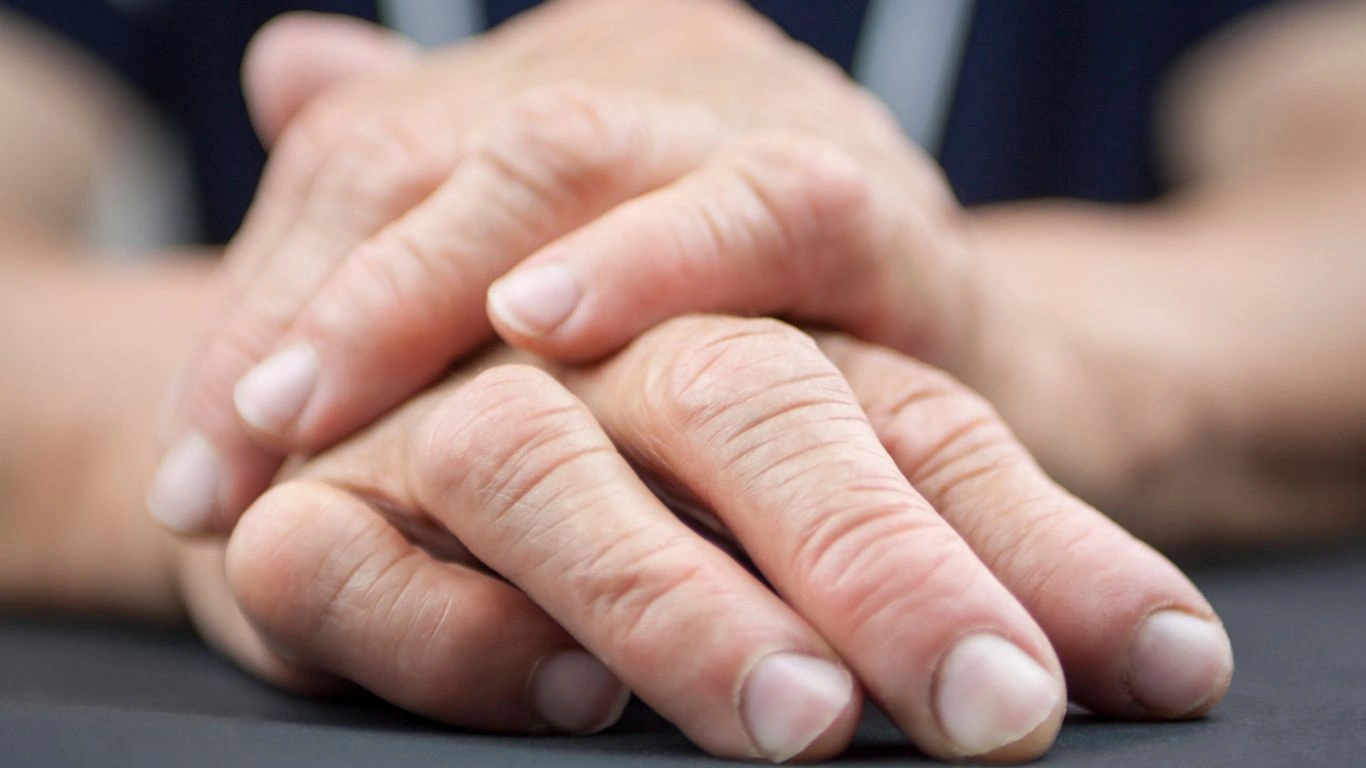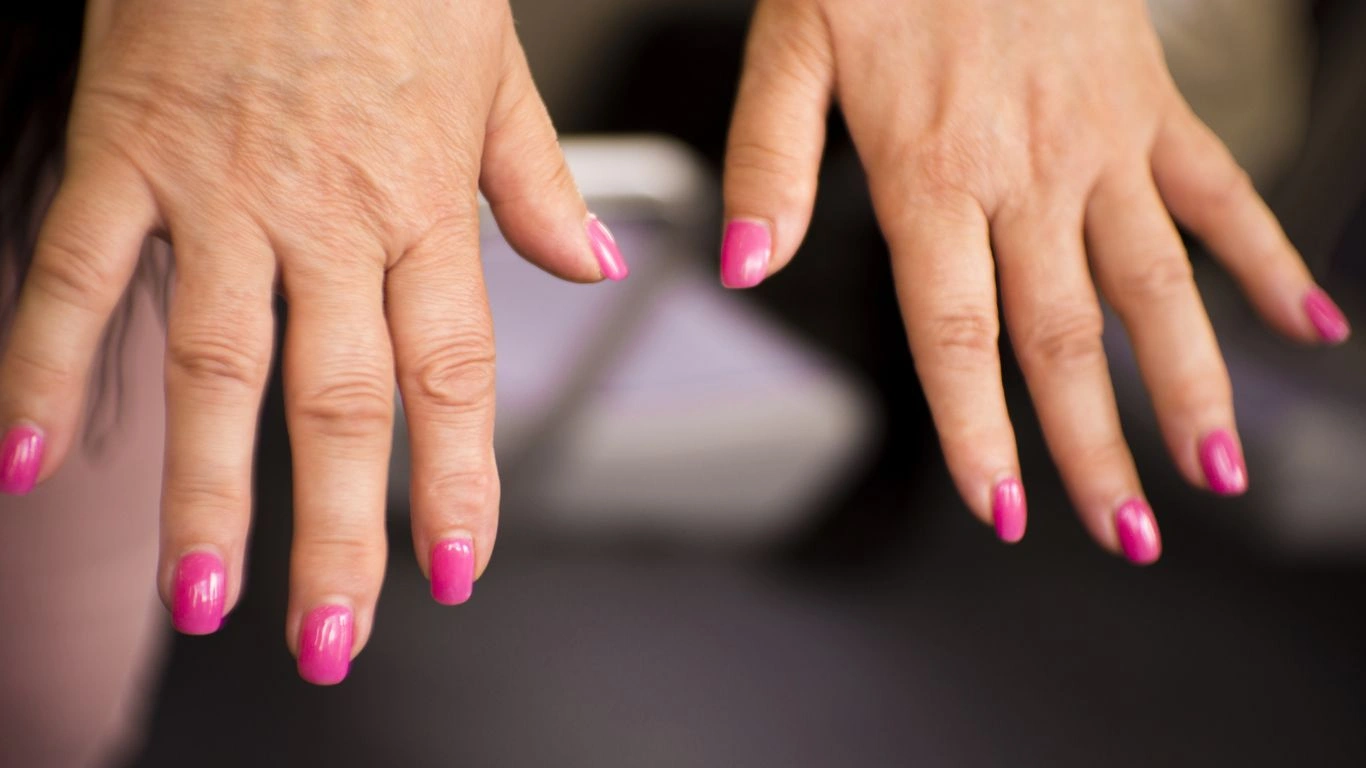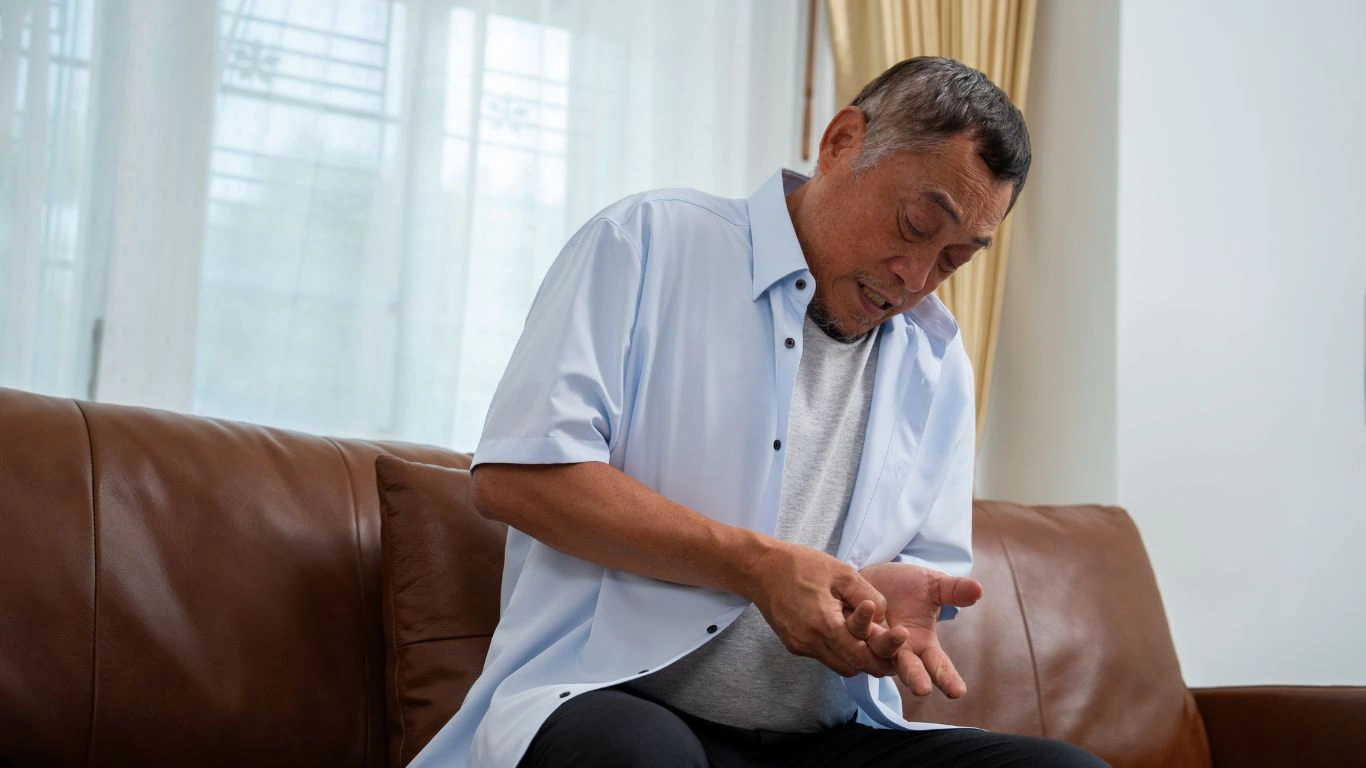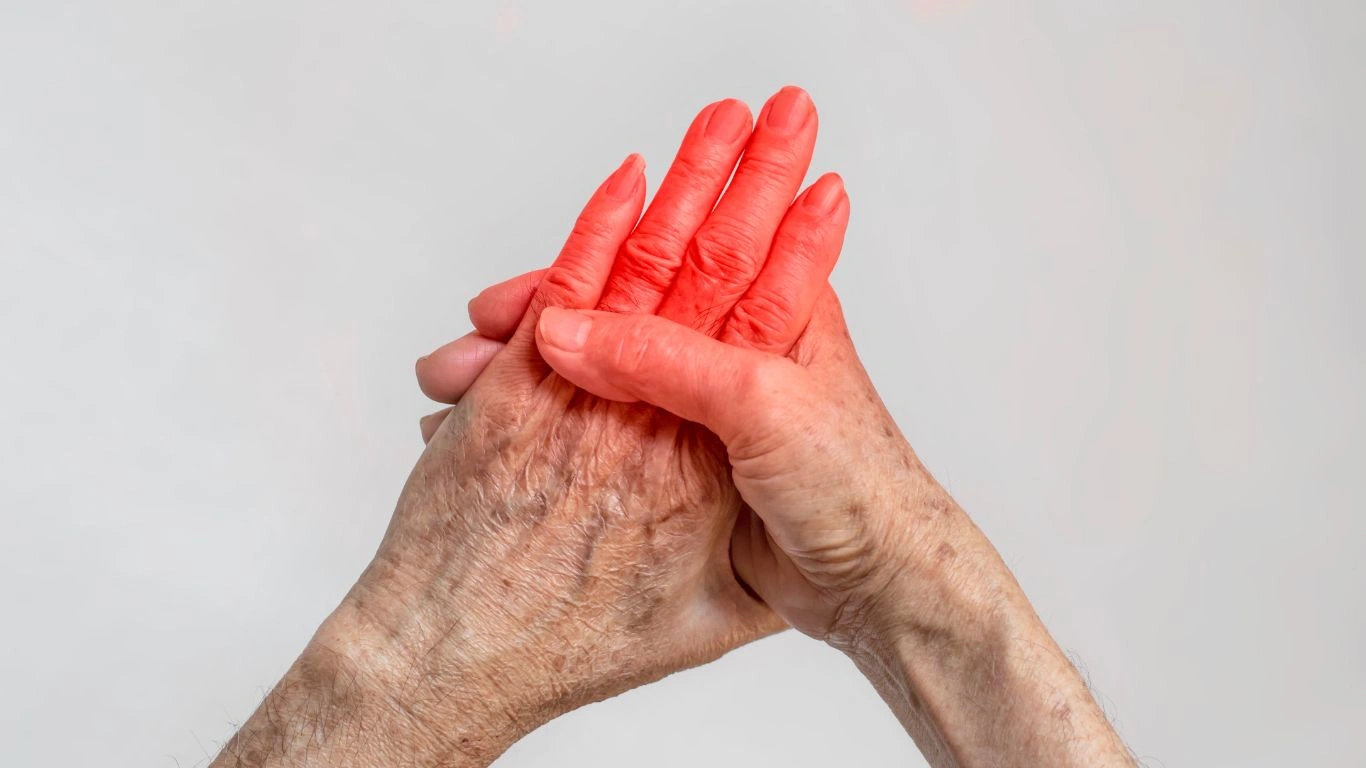Rheumatoid Arthritis and Lifestyle: Real Tips That Actually Work
Living with rheumatoid arthritis and its impact on lifestyle is something I’ve witnessed up close for years. As a Rheumatology Nurse Practitioner, I’ve had the privilege of walking alongside patients who navigate this autoimmune condition daily. And let me tell you, it’s not just about joint pain—it’s about the constant adaptations, emotional shifts, and finding a new “normal.” This isn’t a one-size-fits-all journey. Everyone’s experience is deeply personal, and I’ve learned just how much our lifestyle plays into managing this condition—mentally, physically, and emotionally.
Understanding Rheumatoid Arthritis: More Than Just Joint Pain

Most people think of rheumatoid arthritis (RA) as just a condition where “your joints hurt.” But RA is actually a chronic autoimmune disorder where your immune system mistakenly attacks your joints, leading to inflammation, swelling, and pain. It doesn’t stop there—it can affect organs, blood vessels, and even your energy levels. I’ve had patients come in thinking they were just tired from stress, only to realize it was early RA flaring up.
Unlike osteoarthritis, which is more about wear and tear, RA is inflammatory. And that inflammation? It can cause irreversible damage if not treated early and consistently. That’s why early diagnosis is critical, and lifestyle factors can make a huge difference in outcomes. Trust me—RA isn’t something you “power through.”
How Rheumatoid Arthritis Sneaks Into Your Lifestyle

The Daily Grind Gets Complicated
One of the first things I usually ask my new RA patients is: “What’s the hardest part of your day?” The answers vary—some struggle with getting out of bed, others can’t grip a coffee mug, and some feel like they’ve aged 30 years overnight. RA doesn’t just flare up and leave—it lingers in the background, turning basic routines into energy-draining chores.
- Morning stiffness that lasts longer than 30 minutes
- Fatigue that doesn’t go away with sleep
- Joint pain that limits mobility and flexibility
- Mental fog from pain or medications
These symptoms mess with more than your joints—they creep into your work performance, parenting duties, and social life. I’ve seen patients quit jobs they loved or stop hobbies that brought them joy. And honestly? That emotional toll is just as heavy as the physical one.
Work-Life Balance with RA? Easier Said Than Done
One patient of mine—a school teacher—told me she started dreading mornings not because of her students, but because it took her over an hour just to get dressed. RA doesn’t punch a time clock. It can flare in the middle of a presentation or while picking up your toddler. Some people push through with the help of treatment plans and support systems, but many feel like they’re constantly falling behind.
In my own practice, I’ve noticed that those with flexible work arrangements—remote options, understanding employers, or adaptive equipment—tend to manage better. But let’s be real: not everyone has that luxury. That’s why advocating for yourself (or your patients) becomes crucial in the fight for functionality and dignity.
Emotional and Mental Health: The Invisible Weight of RA

Anxiety, Depression, and That Unspoken Loneliness
This is something we don’t talk about enough in clinical settings. I’ve seen patients tear up during check-ins, not because their joints hurt that day, but because they felt isolated. Chronic pain has a way of making you feel like a burden, especially when you have to cancel plans for the third time in a month or rely on your partner just to open a jar.
The mind-body connection is real. Constant inflammation affects neurotransmitters. Pain changes how your brain works. Over time, that can spiral into anxiety and depression. It’s not weakness—it’s chemistry, and it’s real.
- Frequent flares can trigger panic or dread
- Fatigue often mimics signs of depression
- Medications like corticosteroids can influence mood
Personally, I’ve found that those who seek counseling, join support groups, or even just talk openly about their struggles tend to cope better. It’s not about “fixing” the emotional pain—it’s about not carrying it alone.
Why Social Support Is More Powerful Than You Think
If I could recommend one “prescription” outside of meds and physical therapy, it’d be connection. People need people. Whether it’s a partner who rubs your hands after a long day or a friend who understands why you need to bail last minute—support matters. I’ve seen firsthand how a solid network can transform a patient’s outlook and even their pain levels.
One of my favorite patients once said, “RA taught me who my real friends are.” That stuck with me. Community can be a lifeline, especially on the hard days. And in this digital age, support groups are more accessible than ever—Facebook, Reddit, and even local hospital-based circles are full of folks who truly get it.
Nutrition and Rheumatoid Arthritis: What You Eat Really Does Matter

If I had a dollar for every time a patient asked me, “What should I eat for RA?”—I’d have a second career as a nutritionist by now. And while there’s no miracle diet that can cure RA, what you eat absolutely influences inflammation. I’ve seen patients reduce flare frequency and even improve joint stiffness just by tweaking their meals a bit. No joke—food is powerful.
Anti-Inflammatory Foods Are Your Best Friend
Let’s break it down. RA is all about inflammation, right? So it makes sense to fuel the body with foods that fight, not feed, that process. I always tell my patients to think about their meals like medicine. You wouldn’t double up on steroids just because you’re hungry, and similarly, you wouldn’t want to keep feeding your body with stuff that makes it harder to heal.
- Fatty fish like salmon or mackerel for omega-3s
- Leafy greens loaded with antioxidants
- Berries—yes, those sweet little guys are inflammation ninjas
- Turmeric and ginger for their natural anti-inflammatory punch
- Whole grains instead of refined carbs
I had one patient who swapped out her nightly pasta for quinoa and added a turmeric smoothie to her mornings. Within three months, her CRP levels dropped, and she was able to taper down her prednisone. Small shifts, big impact.
Foods That May Be Fueling Your Flares
Now, this part can be a bit trickier because what triggers one person might not affect another. But generally, some repeat offenders show up in flare logs:
- Processed sugars (soda, candy, pastries—yep, all the fun stuff)
- Red meats and processed deli cuts
- Fried or greasy foods
- Excess alcohol
- Gluten or dairy (for some people—always worth experimenting under guidance)
I’ve worked with folks who swear their joints “talk back” after pizza night. And hey, I get it—comfort food is comforting. But the goal is to balance indulgence with intention. Think progress, not perfection.
Staying Active When Your Joints Protest

This is probably one of the most misunderstood aspects of managing rheumatoid arthritis and its impact on lifestyle. When you’re in pain, the last thing you want to do is move. I’ve had patients flat-out tell me, “Tarra, you’re out of your mind if you think I’m going for a walk when I can’t even open a jar.” And I hear that. I really do.
But Movement = Medicine
Here’s the thing—gentle, consistent movement helps keep joints lubricated and muscles strong. And strong muscles can help take pressure off of joints. It’s not about hitting the gym or running marathons. It’s about doing what your body allows, every single day, with compassion for your limits.
- Stretching in the morning to reduce stiffness
- Yoga or tai chi for balance, strength, and stress relief
- Water aerobics—especially great during flare weeks
- Resistance bands for low-impact muscle building
- Short walks, even if it’s just around your home
One of my favorite patient success stories involves a woman in her 60s who started doing chair yoga three times a week. Six months in, she told me, “I’m not just managing RA. I’m living again.” That’s the magic of movement.
Listen to Your Body (No, Really)
RA teaches you to tune in like never before. On flare days, rest is vital. On stable days, try moving gently. It’s a dance between respecting your limits and pushing yourself just enough to maintain strength and flexibility.
Pro tip: If the pain worsens more than two hours after an activity, it was probably too much. That’s a good gauge I often share with my patients.
Sleep, Stress, and RA: The Sneaky Saboteurs

Let’s talk about the quiet killers—poor sleep and chronic stress. If I could hand out one golden ticket to every RA patient, it would be restorative sleep. And yet, it’s often the hardest thing to come by. Pain wakes you up. Anxiety keeps you up. The vicious cycle is real.
Why Sleep Matters More Than You Think
During deep sleep, your body gets to work on healing. That’s when inflammation markers drop and tissue repair kicks in. When you’re not getting enough sleep (or good quality sleep), RA can spiral—flares worsen, mood crashes, and even medications don’t seem to help as much.
Some tips I share regularly:
- Establish a wind-down routine—same bedtime, same calming rituals
- Limit screen time an hour before bed (blue light is a sleep killer)
- Warm baths or heating pads for joint relief at night
- Weighted blankets can be surprisingly helpful for calming the nervous system
- Talk to your provider about sleep aids if things aren’t improving
Stress: The Inflammation Accelerator
You can be doing everything else “right”—eating well, exercising, taking your meds—but if stress is out of control, RA can still flare. Stress hormones like cortisol and adrenaline don’t play nice with autoimmune diseases.
I had a patient whose RA was well-managed for over a year. Then she went through a tough divorce, and within weeks, her joints were swollen again. Her labs lit up. Stress alone triggered a massive flare. That’s how strong the mind-body connection really is.
Some go-to stress busters that have helped my patients:
- Meditation or guided breathing exercises
- Journaling or expressive writing
- Regular therapy or counseling
- Time in nature—fresh air really does help
- Finding small joys, even if it’s a favorite TV show or hobby
Managing stress and sleep isn’t a luxury—it’s treatment. And you deserve to treat yourself with the same care you give everyone else.
Medication Management and Expectations: What Real RA Treatment Looks Like

Now let’s talk meds—because while lifestyle changes are game-changers, they don’t replace medical treatment. Trust me, as someone who has prescribed these medications for years, I’ve seen firsthand how powerful the right treatment plan can be. That said, it’s not always a smooth ride. Rheumatoid arthritis is tricky, and managing it long-term can feel like a balancing act.
Understanding the Role of DMARDs and Biologics
DMARDs (Disease-Modifying Anti-Rheumatic Drugs) are often the first-line defense against joint damage. Methotrexate is still considered the gold standard, and yes, I know—it’s a heavy name that can freak people out. I always take extra time explaining it to patients, especially the fact that it’s not chemo in the way most people imagine. It’s low-dose, and when monitored closely, can be very effective.
Then there are biologics, which are more targeted therapies. These can be game-changers for patients who don’t respond to traditional DMARDs. I’ve seen patients go from barely being able to hold a toothbrush to getting back to gardening every weekend thanks to the right biologic.
- DMARDs: Methotrexate, sulfasalazine, leflunomide
- Biologics: Humira, Enbrel, Remicade, Simponi
- JAK inhibitors: A newer class—like Xeljanz and Rinvoq
But here’s the deal—every patient responds differently. It often takes trial and error, and that’s where the emotional support and patience come in. I always encourage my patients to keep an open line of communication. If something’s not working, we pivot. RA treatment is not one-size-fits-all, and that’s okay.
Side Effects and Monitoring: What No One Warns You About
Let’s be real—some of these medications come with side effects that sound worse than the disease. Liver monitoring, immune suppression, risk of infections—it can be overwhelming. But here’s my two cents as a clinician who actually listens: most patients do just fine when they’re monitored appropriately and educated about red flags to watch for.
One of my patients said it best: “It’s not about avoiding all risk. It’s about understanding what you’re dealing with and not flying blind.” That’s why we do regular labs, check-ins, and talk through even the small stuff. Nothing is too minor to mention.
Relationships, Intimacy, and Self-Identity with RA

This is the quiet corner of RA that most folks don’t talk about out loud—but it’s real and it matters. Living with rheumatoid arthritis and its impact on lifestyle extends into your closest relationships. Spouses, partners, kids, even friends—it shifts how you connect with the people in your life.
When Fatigue Meets Frustration
RA fatigue is a different beast. It’s not just “I’m tired.” It’s the kind of bone-deep exhaustion that makes brushing your teeth feel like a chore. Explaining that to a partner who doesn’t have a chronic illness? Not always easy. I’ve had many patients tell me they feel guilty for not “doing enough” or for needing more help than they used to.
Here’s what I always say: open communication is everything. Be honest about what you need. If you’re exhausted, say so. If you’re in pain, speak up. Relationships built on empathy and mutual respect tend to survive the strain of chronic illness better than those built on silent resentment.
Intimacy Isn’t Off the Table
Let’s not dance around this—RA affects intimacy, too. Pain, stiffness, self-image, meds—all of it can interfere. But it doesn’t mean love, closeness, or sex are off the table. It just means you may need to get creative, be patient with each other, and talk about what works.
- Try different times of day when your joints feel better
- Use heat or pain relief beforehand to ease discomfort
- Focus on connection, not just performance
- Consider talking to a counselor or therapist for couples support
I had one couple who started scheduling “RA-friendly date nights” where the only rule was to be present and do something low-key they both enjoyed. It changed everything for them. Connection is possible—even in pain.
Staying Empowered: Building a Life That Works for You
At the end of the day, rheumatoid arthritis may change your lifestyle, but it doesn’t have to define your life. I’ve seen people go from barely functioning to thriving with the right mix of treatment, support, mindset, and lifestyle shifts. You don’t have to do it all at once. Tiny steps lead to real change.
Things I Often Recommend to My RA Warriors:
- Track your flares—journaling symptoms helps spot triggers
- Find your people—support groups (online or in-person) are powerful
- Make space for joy—even a hobby you love once a week can lift your spirit
- Celebrate small wins—getting out of bed without pain is a win. Own it.
- Keep advocating—you know your body better than anyone
You’re not alone in this, and it’s okay to ask for help. As a Rheumatology NP, I’ve seen firsthand how resilient people can be. And I truly believe—RA or not—your life is still yours to build, reshape, and love.
References
Disclaimer
This content is for informational purposes only and is not intended to replace professional medical advice, diagnosis, or treatment. Always seek the guidance of your rheumatologist or healthcare provider with any questions you may have regarding your condition or medications.






